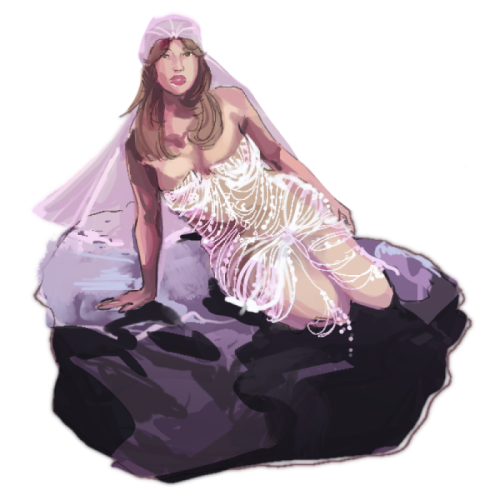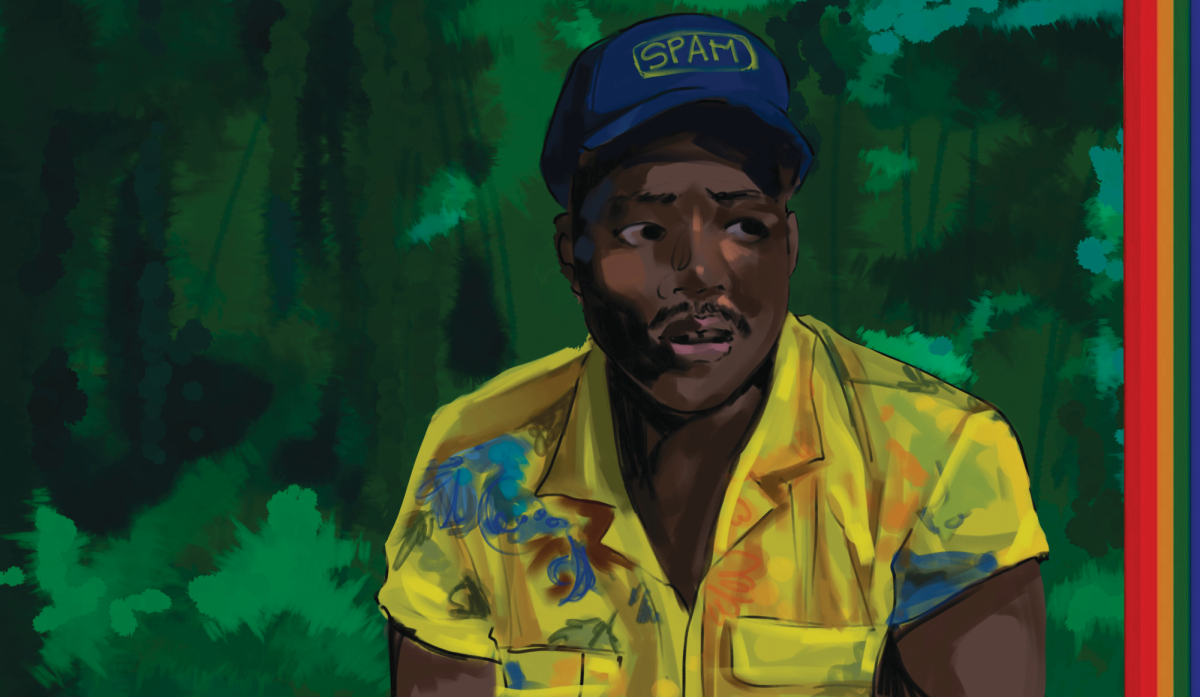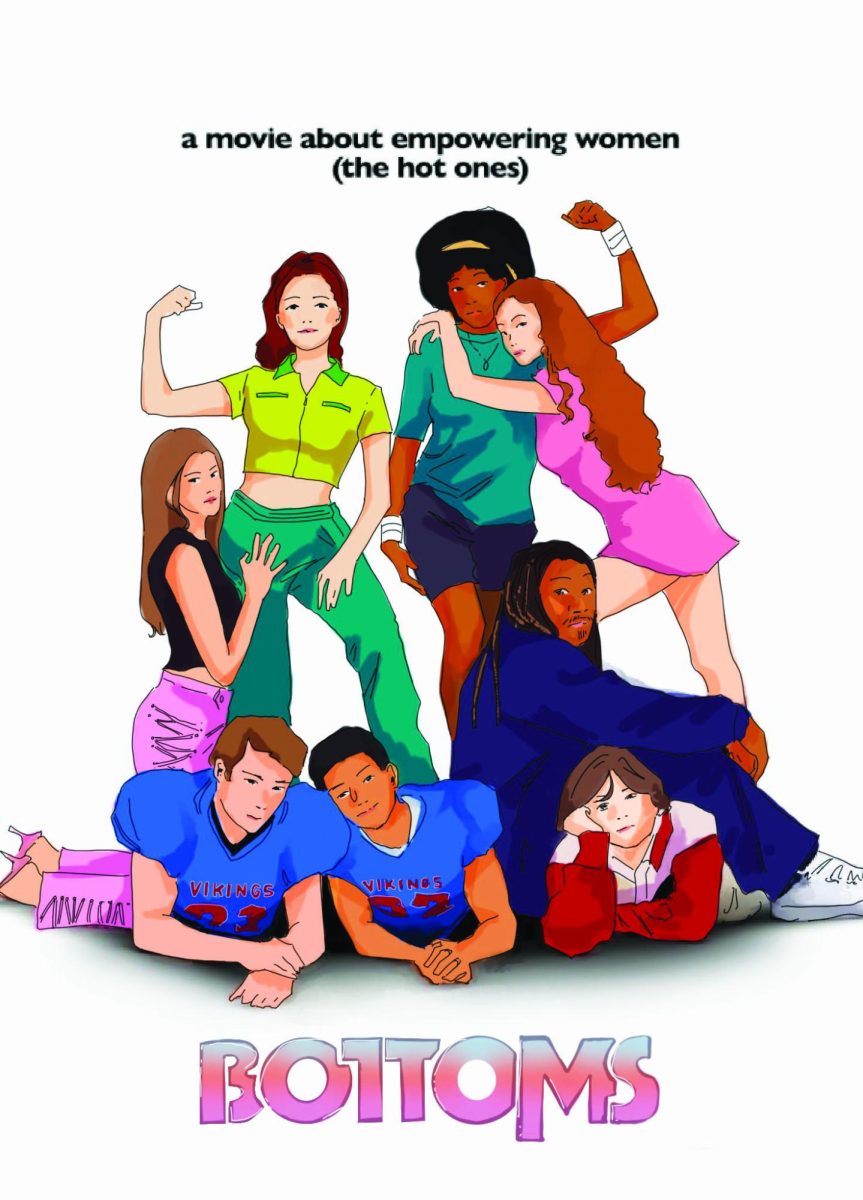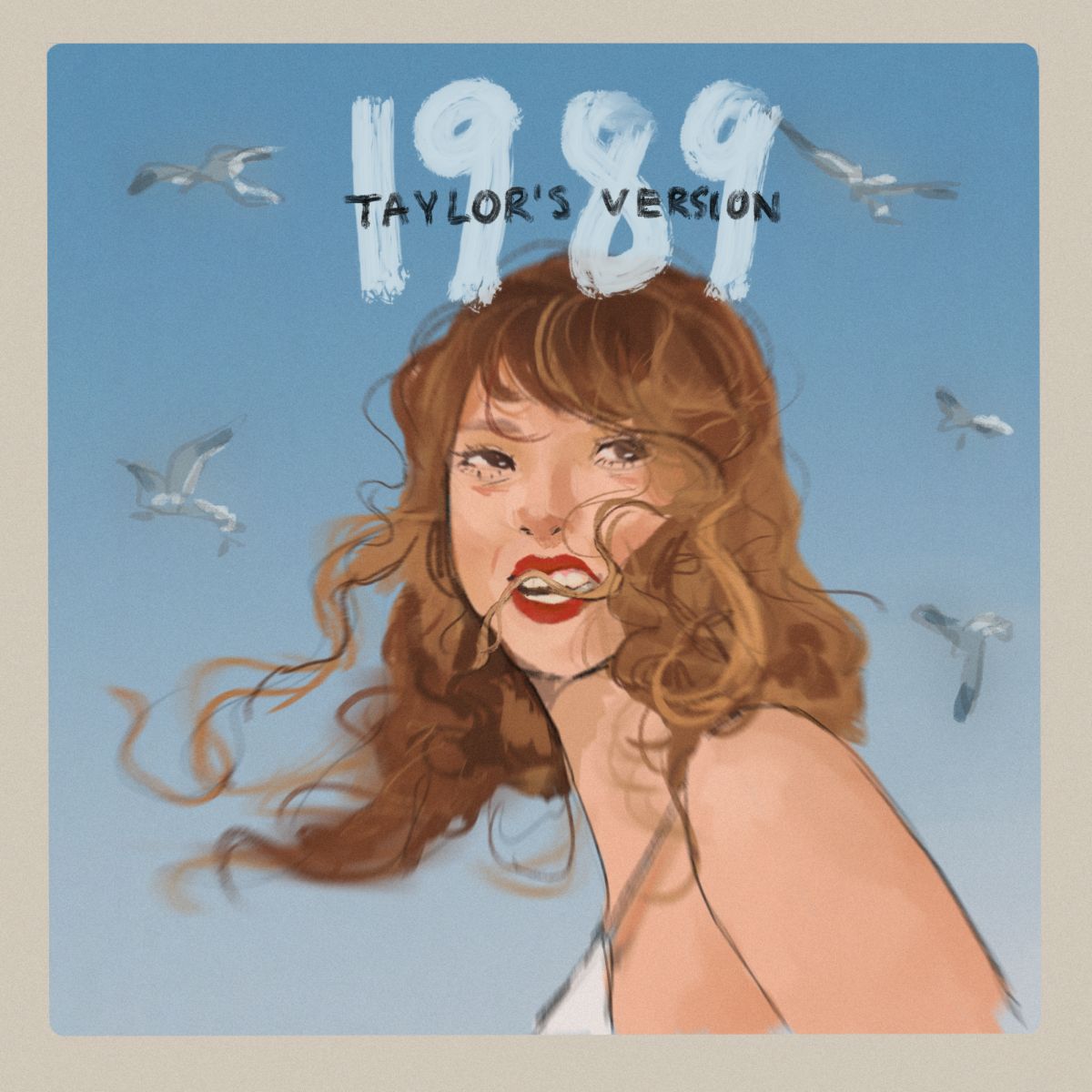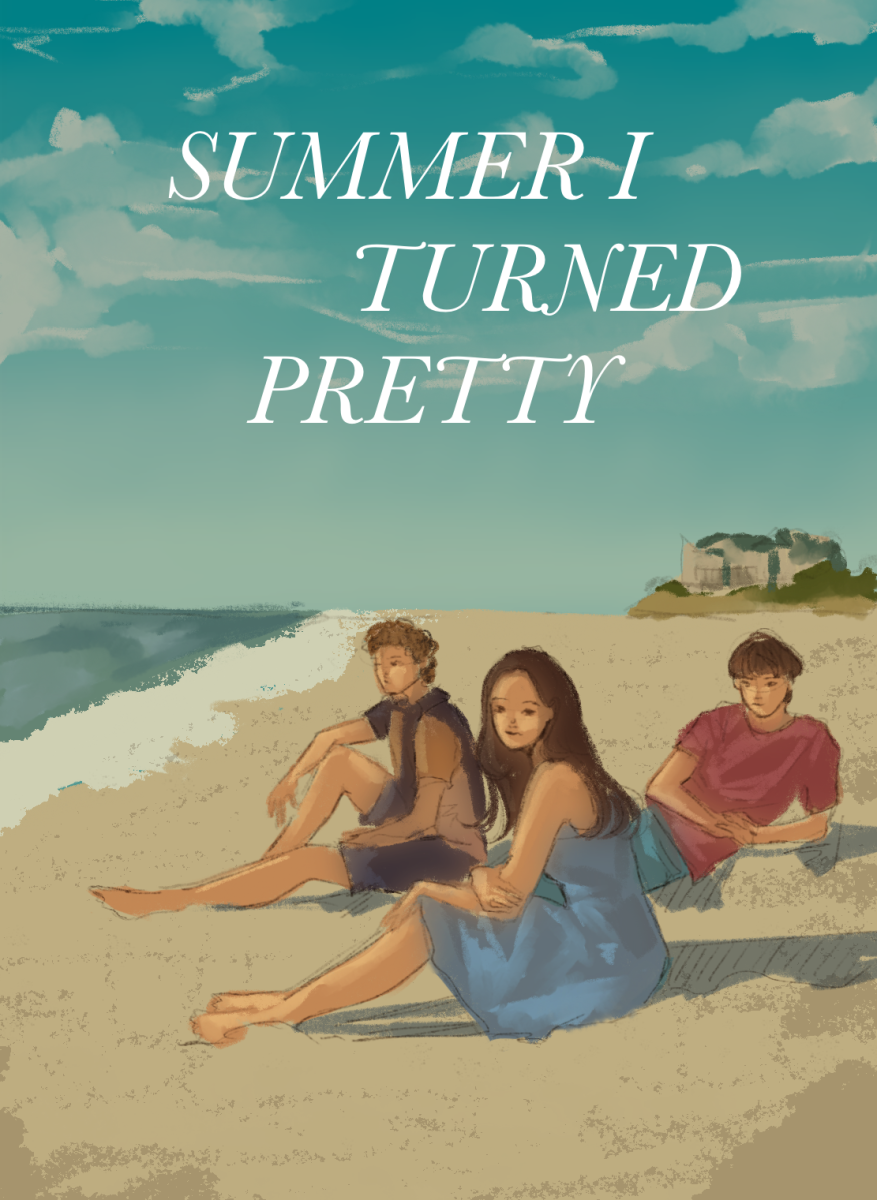Guy Hartstein ’20 is an artist, but he rarely touches a paintbrush, molds sculptures or draws on a canvas. Every day, Hartstein comes home to a stack of Japanese washi paper and delves into a world of traditional figures and mythical beasts. On the wall in his room, which Hartstein said he has designated as his origami museum, he hangs each model he makes and now holds a collection of over 100 origami works.
“I started doing origami when I was six,” Hartstein said. “That was when folding paper went from a mindless hobby to a synchronized art form for me.”
As he got older, Hartstein started joining origami societies such as the Pacific Ocean Paper Folders Club, a group of origami enthusiasts of all abilities from beginners to professors at Caltech. Hartstein quickly gained experience, patience and appreciation for the craft, he said.
“I started to see origami as a way of life; a constant reminder of how geometry in nature makes an origami beetle crawl across my desk, or a frog leap out of my palm,” Hartstein said. “Origami involves manipulation, with pre-creases, marked points and base foundations that intertwine to form a living origami model.”
Many other students, like Hartstein, make art that is considered to be out of the mainstream, dedicating their own time to crafts often forgotten beneath conventional arts.
Berry Nakash ’20 also expresses herself through art, but instead of using paper as her medium, she uses food. To Nakash, cooking has always been about more than just the taste. From the time she was young, using the kitchen to escape her parents’ unappetizing cooking, to now, working with catering companies and designing ambitious plates, art has played a key role in Nakash’s love for cooking, she said.
“A plate is like a painting, but edible,” Nakash said. “You need to bring certain colors and certain textures because plating is half of the dish.”
As a drawing and painting enthusiast as well, Nakash said she enjoys utilizing artistic elements and techniques that she learns in class in her cooking. Drawing and painting teacher Claire Cochran ’06 has worked with Nakash for three years and said that when they first started painting together, she was impressed by how quickly Nakash caught on.
“When I asked [Nakash], she told me that she had taken cake-decorating classes, and I saw that cooking helped her understand art better and vice versa,” Cochran said. “There are so many potential ways to arrange food and all the elements on the plate are like characters that interact artistically together.”
Art and food are not just hobbies to Nakash. While she has always wanted to work in the culinary field, Nakash said that her love for art further inspires her to make cooking a career.
“I want to go to a culinary school in Japan after I graduate and do lots of internships at tons of different places, and then hopefully I can make an Israeli-Asian fusion restaurant,” Nakash said. “I want to keep showing people the beauty and art in food, while also making it taste really good.”
The Upper School offers 20 visual arts courses that cover topics ranging from drawing and painting to video art to sculpting.
Cochran said that many students do not realize that the art department is open to a wide variety of interests, missing out on seeing each others’ and contributing their own work.
“I don’t think we have the solution yet for how to promote the arts,” Cochran said. “There is a lot of cool stuff going on in my studio and in the rest of the department, but that isn’t well known among the school community.”
To Ben Brill ’21, art is a creative expression that cannot be defined by strict categories, he said. In Brill’s case, his expression takes the form of handcrafted clothing. Despite a packed schedule of early mornings to catch the bus, heavy school work and after-school cross country practice, Brill said he still finds time to design and sew collections almost every day.
“I have always loved fashion and clothing, so making clothes seemed logical,” Brill said.
Although he does not work with the school art program on his clothing, he takes a clothing design class outside of school and has displayed his work in fashion shows and photo shoots. Brill’s latest project is a jacket with large pockets made of bandanas accompanied by a netsuke, a Japanese pouch that hangs from a belt.
“I like to draw ideas from a lot of different sources,” Brill said. “Sometimes I am influenced by what other people are wearing, and a lot of the time I look at archives of fashion designers. Inspiration can come from the material, like the bandanas in my latest project.”
To Brill, different art forms are not truly isolated. The colors on paintings show up in the pants he makes and the lines and definition of photography appear in his clothing designs, he said.
Hartstein said he believes that all art, whether it be painting, cooking, origami or clothing, centers around a central principle of harmony.
“The purpose of art is to give order to something complex,” Hartstein said. “The chaotic things in this world are the ideal canvas for the creative mind. That’s why simple art is such a good indicator of creative brilliance. It doesn’t make itself.”
Cochran said that in the future she hopes more art students follow Brill, Hartstein and Nakash’s lead and engage in interests they are naturally drawn to.
“Any time someone can develop an obsessive deep interest in something, it can become really meaningful,” Cochran said. “If you get into something that is esoteric or off the beaten path, you might become the expert in that thing and find yourself being an authority on it later on, so I would say that if something you like seems strange, don’t avoid it. Instead, you should embrace it.”
Categories:
Unconventional Artists
March 1, 2019
More to Discover































